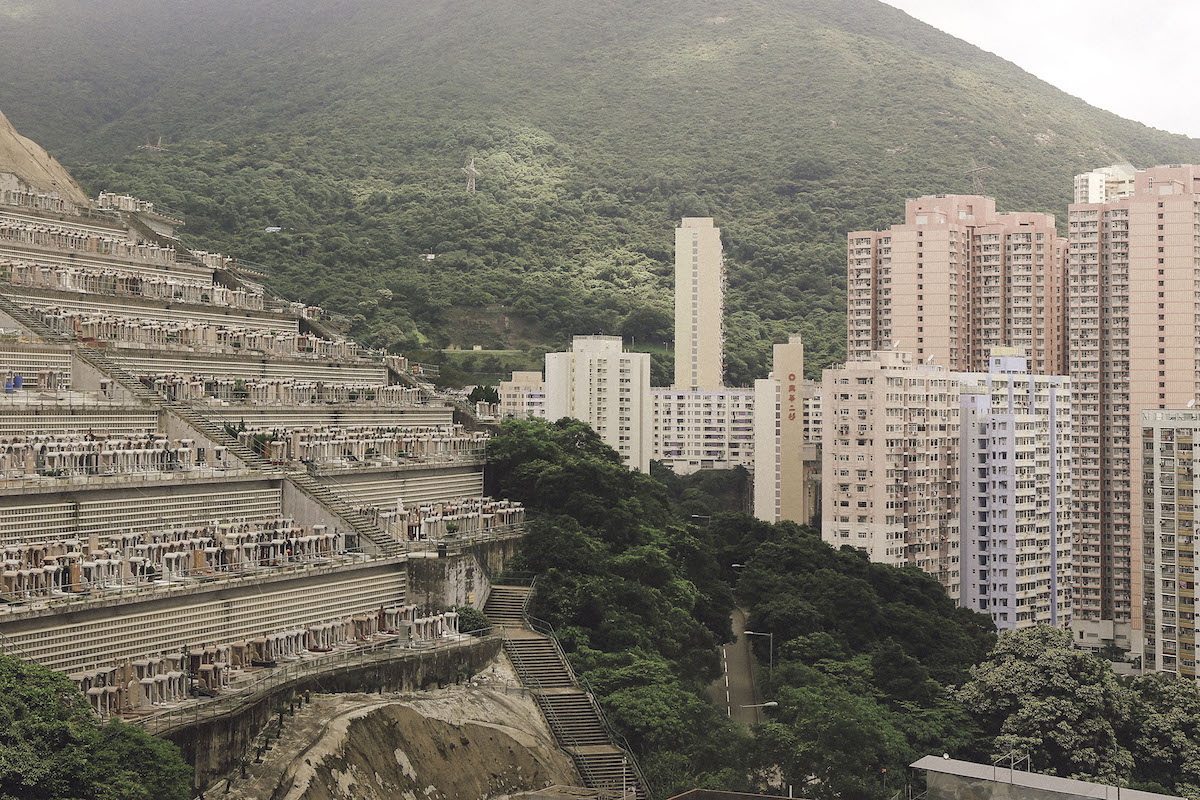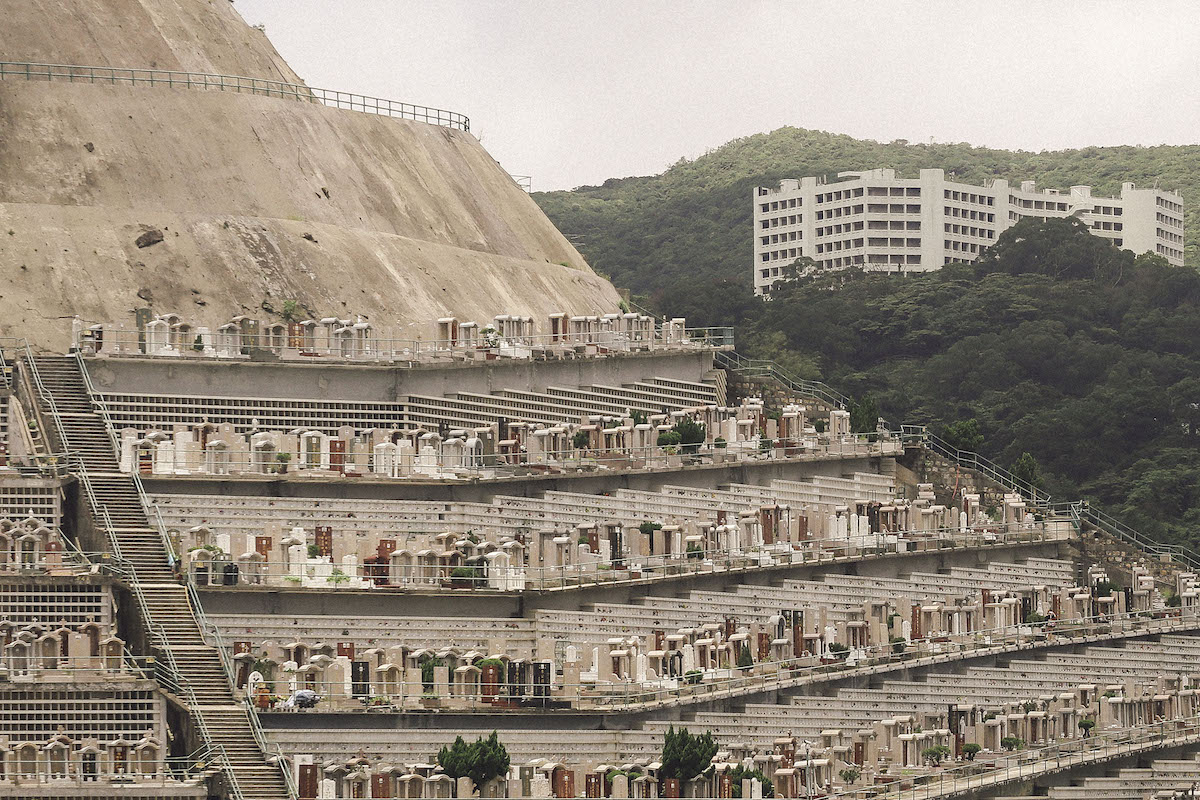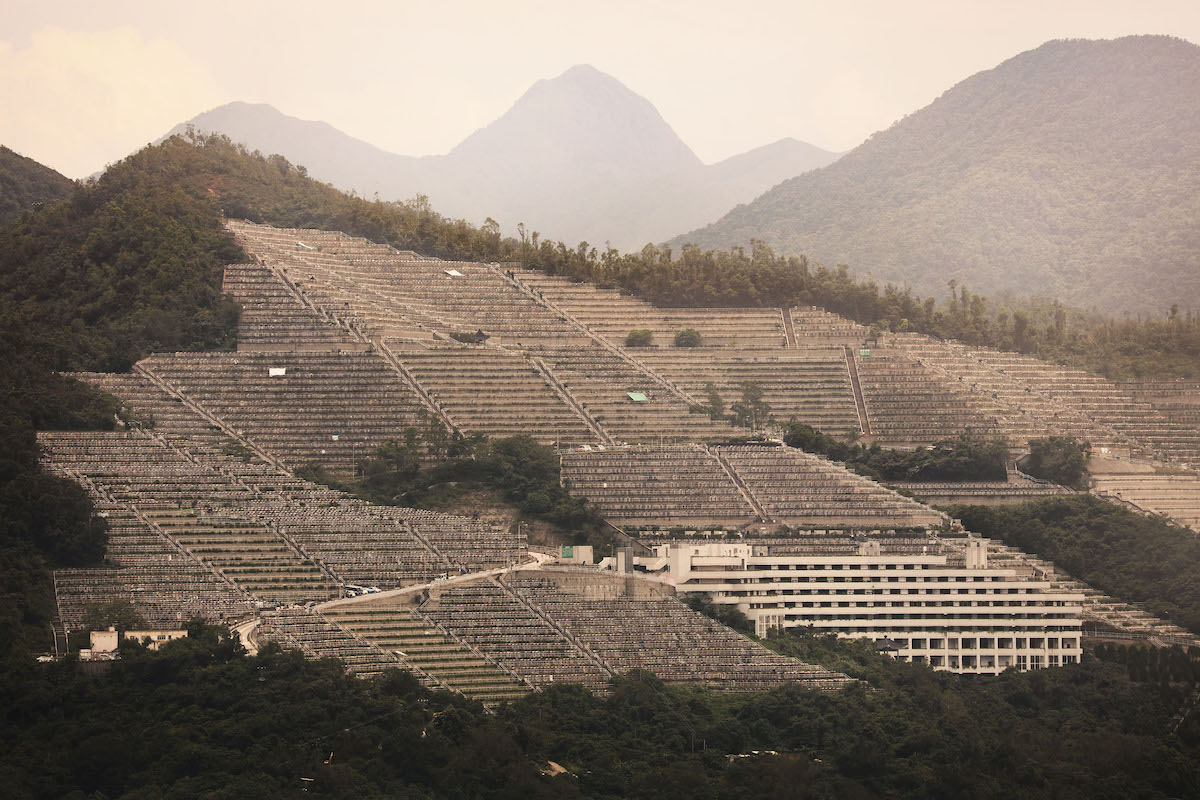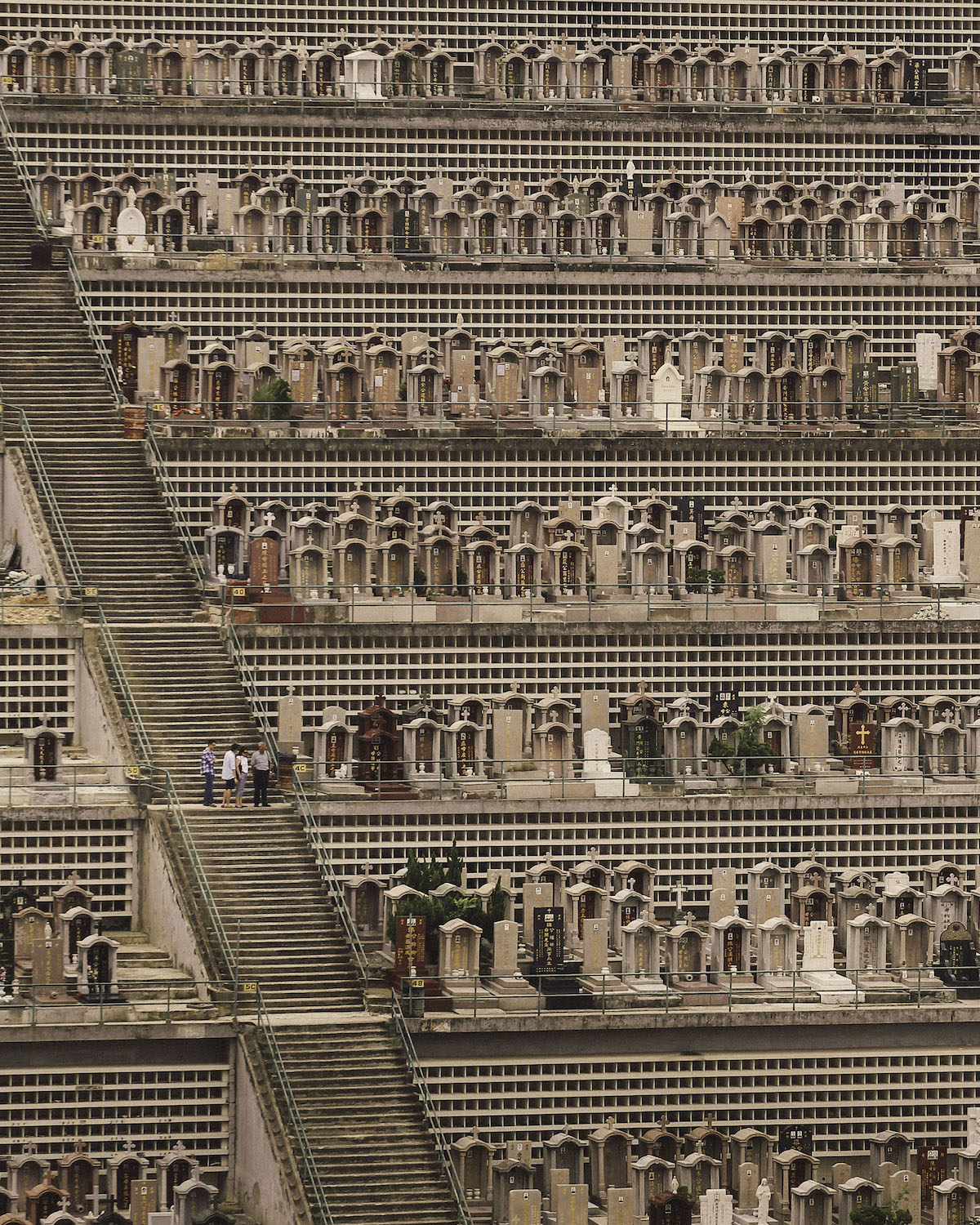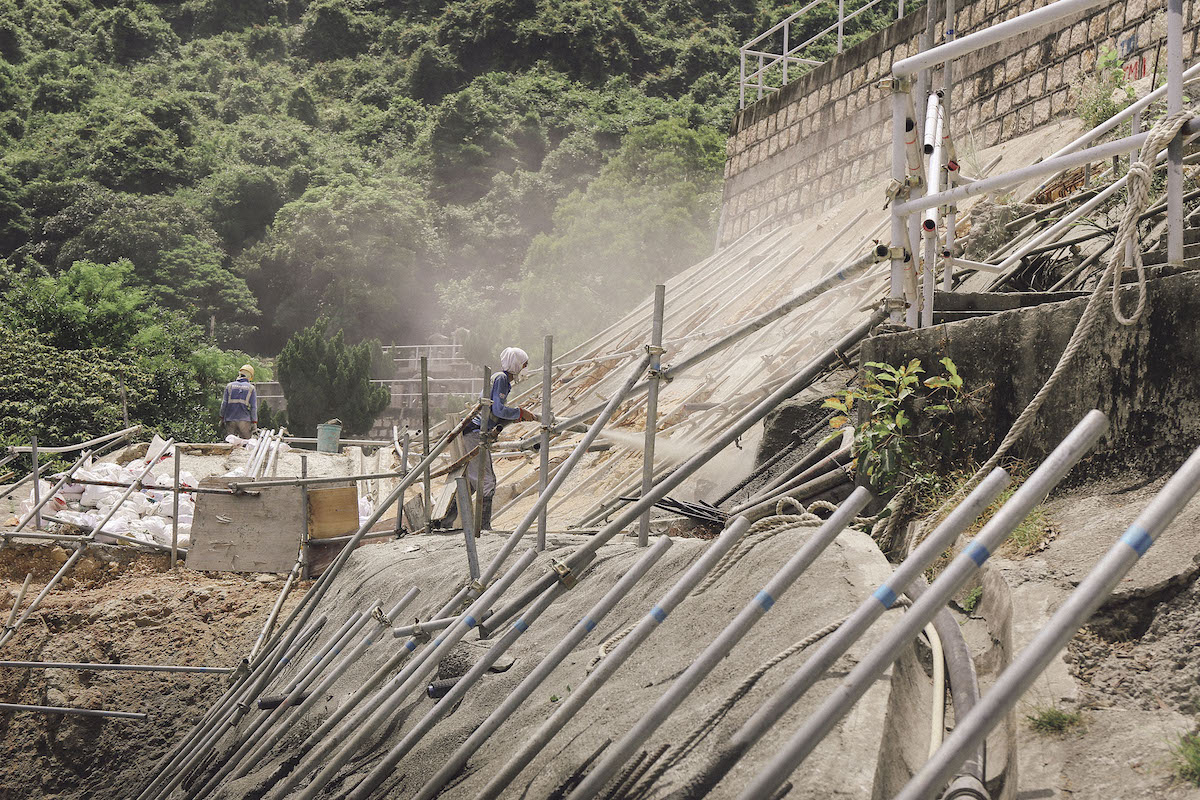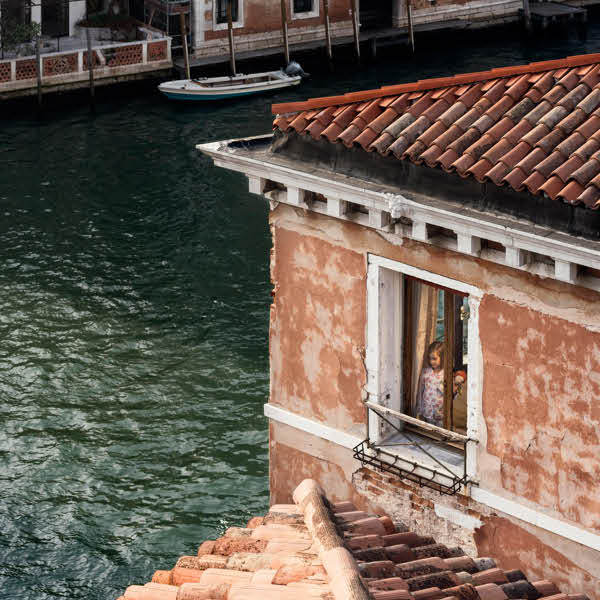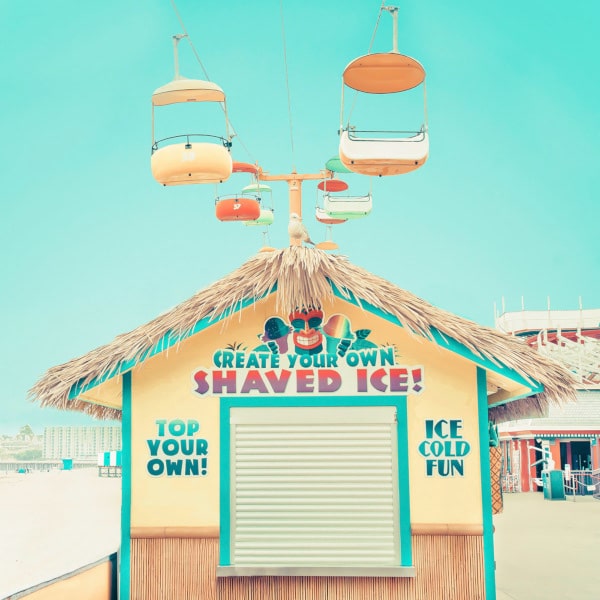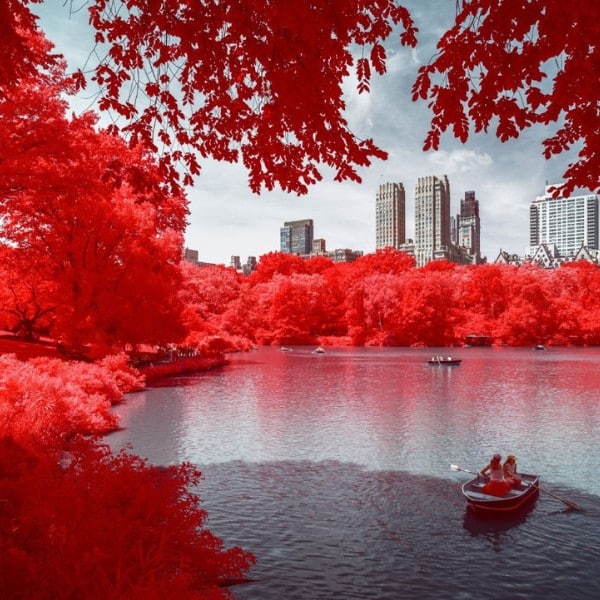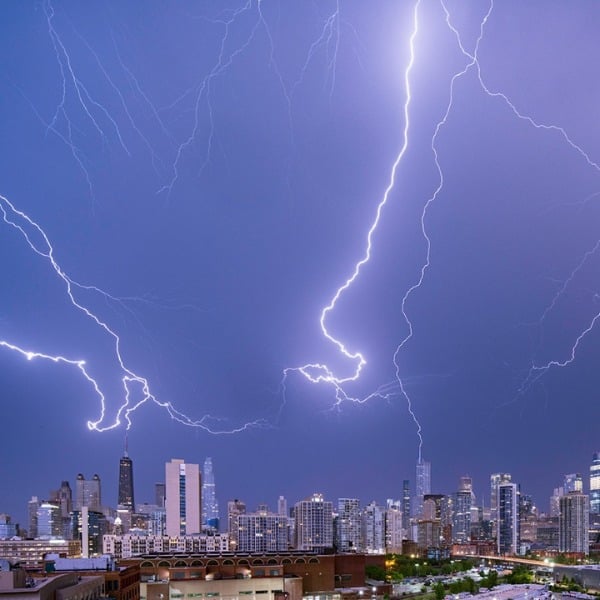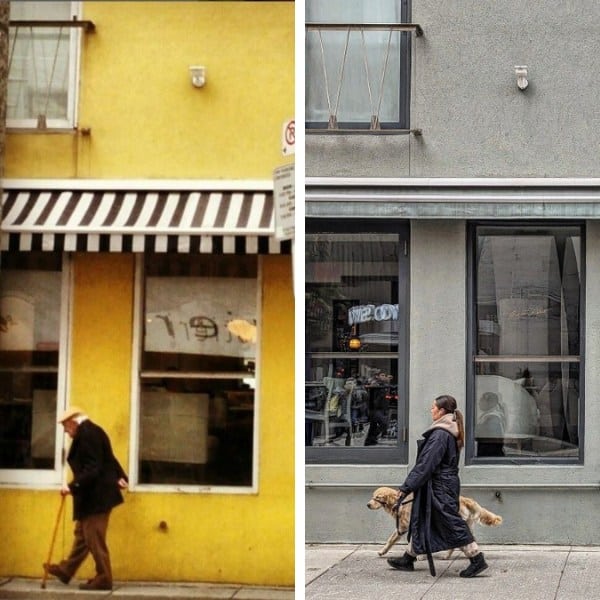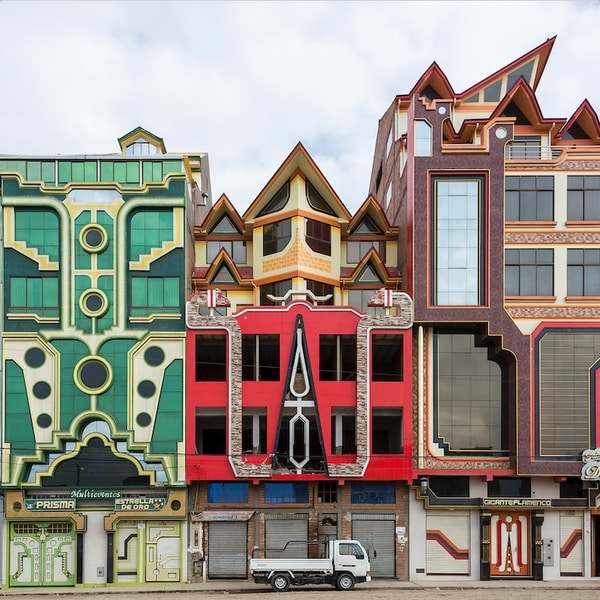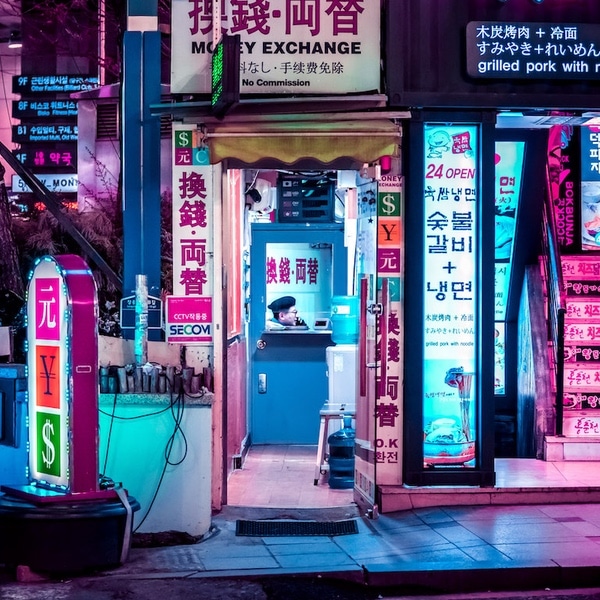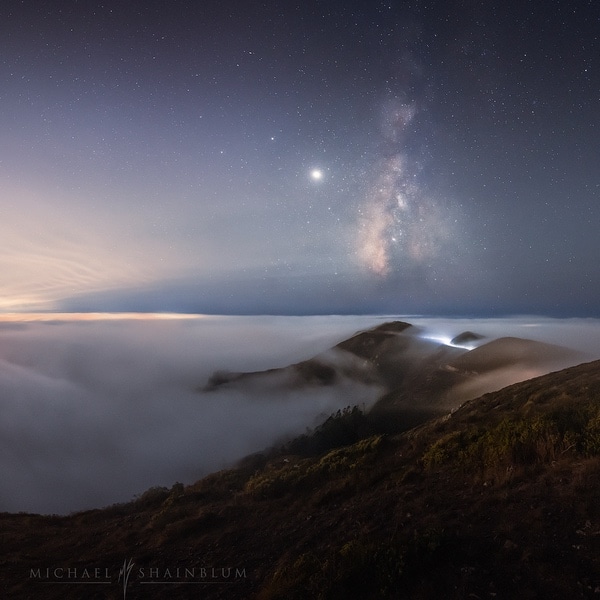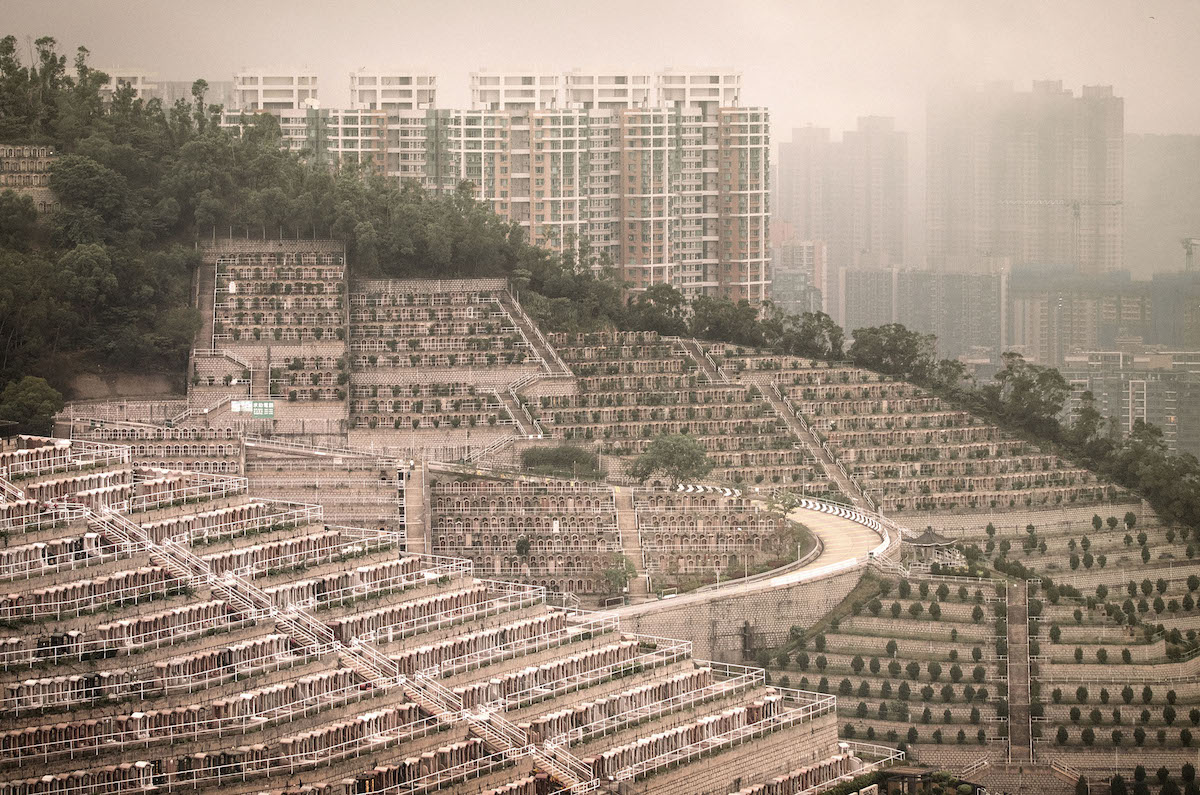
Based in London and Singapore, Finbarr Fallon is a RIBA-nominated photographer known for his architectural imagery. In his long-term photography project Dead Space, he uses his architectural sensibilities to create evocative imagery. In this set of twelve photographs, shot over the course of five years, Fallon immortalizes Hong Kong's vertical graveyards.
With space at a premium in the densely packed city, these cemeteries built into the surrounding mountains loom ominously over Hong Kong. Many of these terraced burial sites were built in the 1980s as a last-ditch effort to create more space in a city that is running out of places to bury the dead.
In fact, the government highly encourages cremation for these reasons, with 90% of the deceased in Hong Kong taking that path in 2013. Still, as Chinese customs call for loved ones to be buried close to their native land, people are desperate to ensure their family members have a proper resting place.
When Fallon stumbled upon his first monumental cemetery in the Chai Wan neighborhood, he was overwhelmed by its scale. Over the next five years, he explored different graveyards every time he made a trip to Hong Kong. “So much is written about how built-up Hong Kong is and I found it fascinating that extreme density and verticality are a defining characteristic of Hong Kong’s dwellings for both the living and the dead,” Fallon tells My Modern Met.
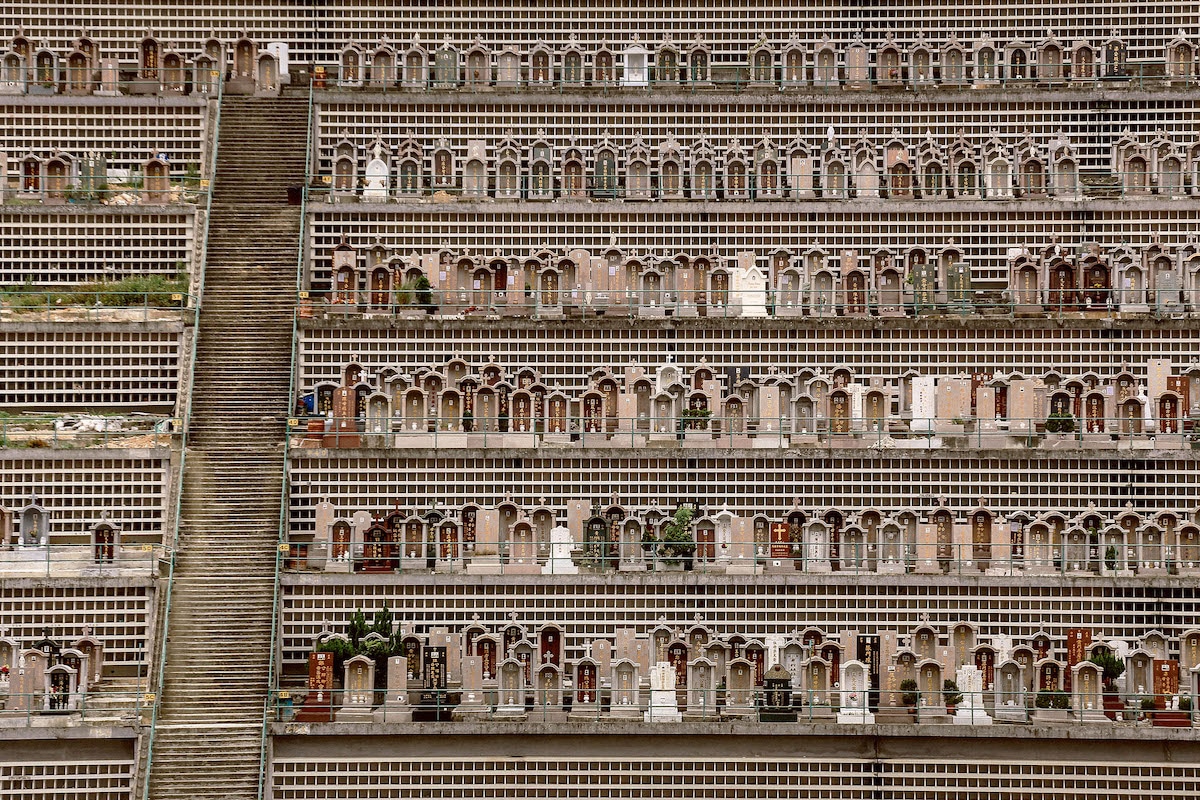
Dead Space highlights the repetitive symmetry of these hillside graveyards and the distinct impression they make on the cityscape. Using a telephoto lens, Fallon clearly shows how the architecture for both living and dead meet. By keeping the frame tight, he was able to juxtapose the two environments and manifest the visual and emotional tension that exists between them.
In a city where real estate prices are astronomical, the very existence of these vertical cemeteries only serves to show how seriously life after death is taken. In 2015, The Guardian estimated that relatives can spend up to HK$30,000 for a private burial plot. Even places to keep urns are in short supply, with the average waiting time for public columbaria running 4 years and costing HK$3,000.
People are willing to pay this cost to keep with tradition. Public holidays like the Qingming Festival—or Tomb-Sweeping Day—and the Chung Yeung Festival are important moments for families to visit grave sites. Not only are the burial sites cleaned, but families also bring offerings to their loved ones and pray for their ancestors. With this in mind, it's no wonder that this precious real estate has been given over to the dead.
Architectural photographer Finbarr Fallon spent 5 years photographing hillside cemeteries in Hong Kong.
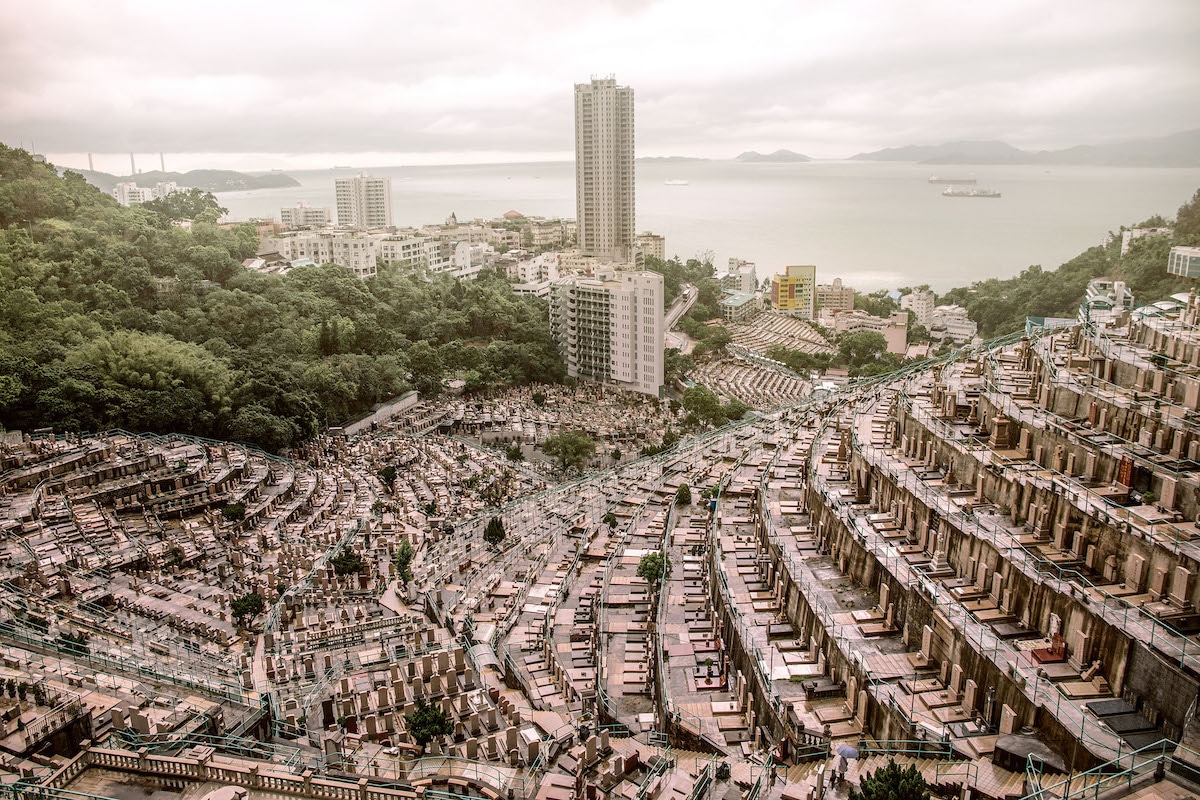
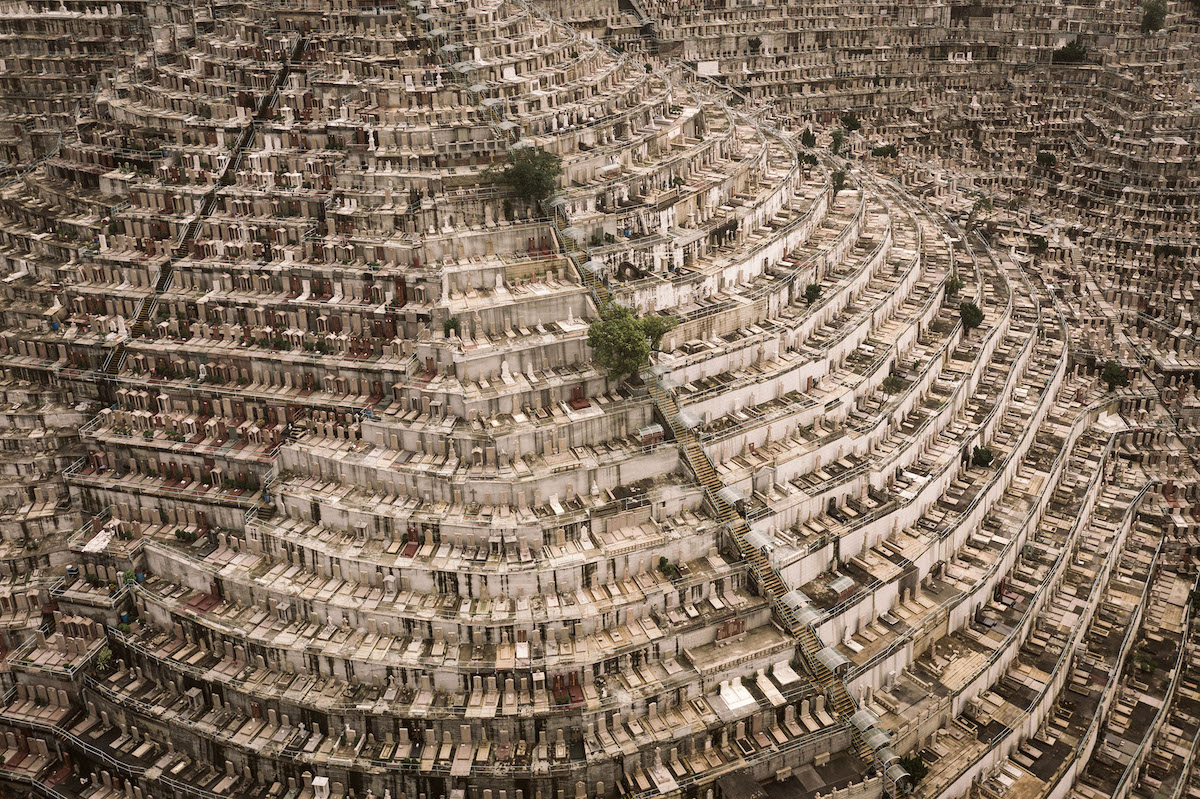
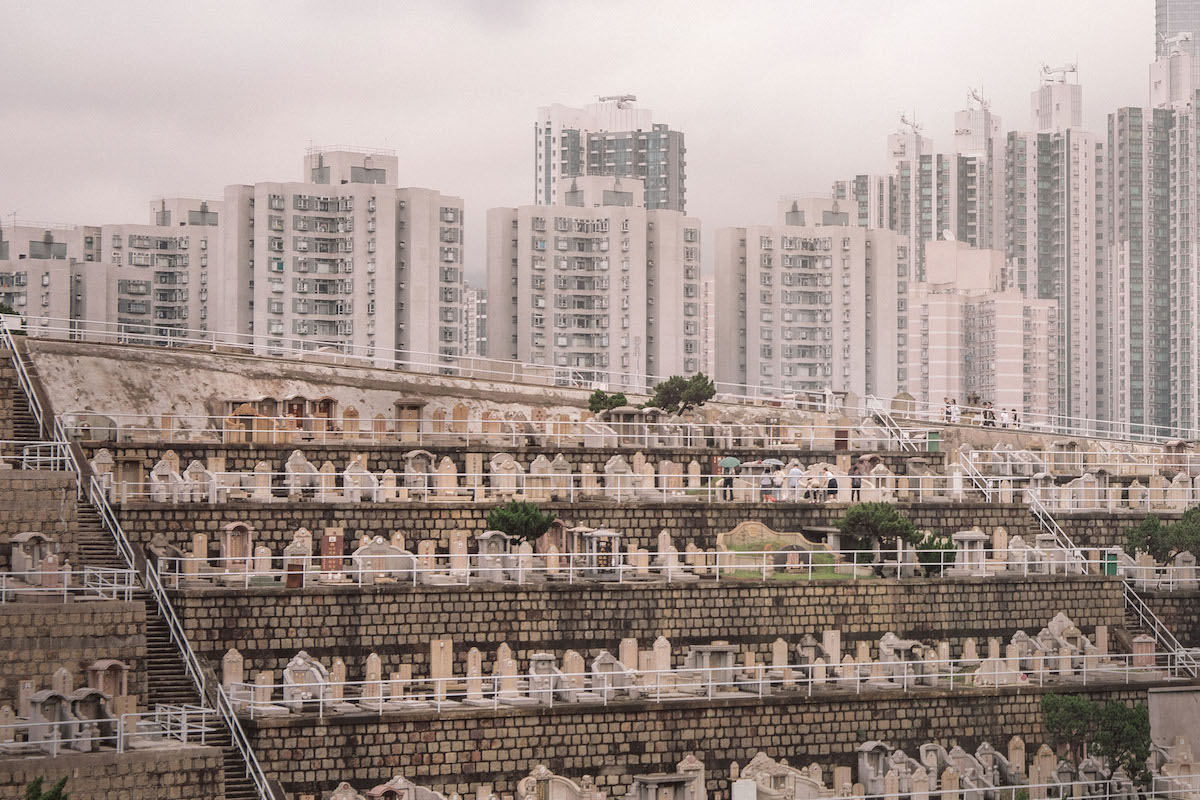

The photographs show how these densely packed graveyards sit adjacent to Hong Kong's urban high-rise buildings.
